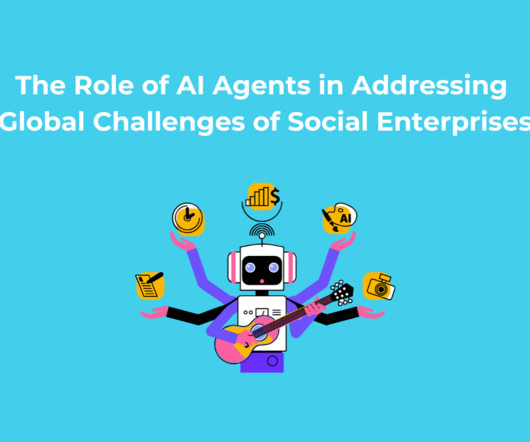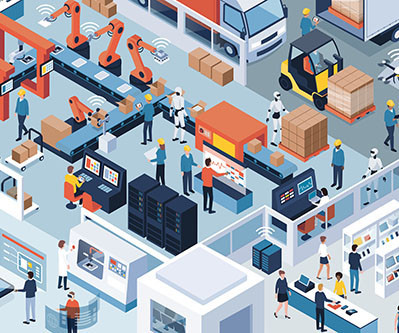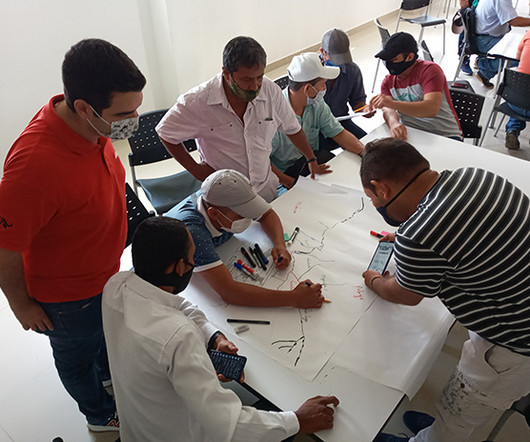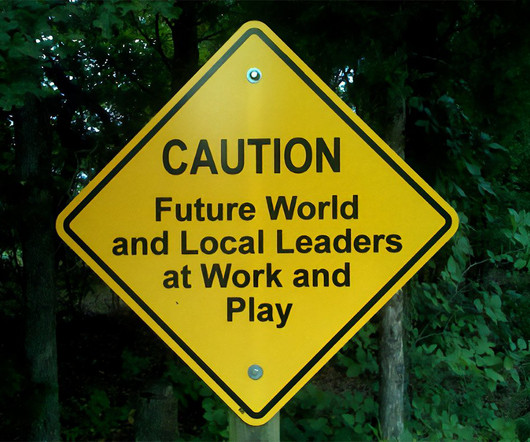The Role of AI Agents in Addressing Global Challenges of Social Enterprises
Nonprofit Marketing Insights by GlobalOwls
DECEMBER 28, 2024
The Role of AI Agents in Addressing Global Challenges of Social Enterprises Artificial intelligence (AI) has made remarkable strides in reshaping industries, and its role in social enterprises tackling global challenges is no exception. This not only boosts agricultural productivity but also minimizes resource waste.


















Let's personalize your content